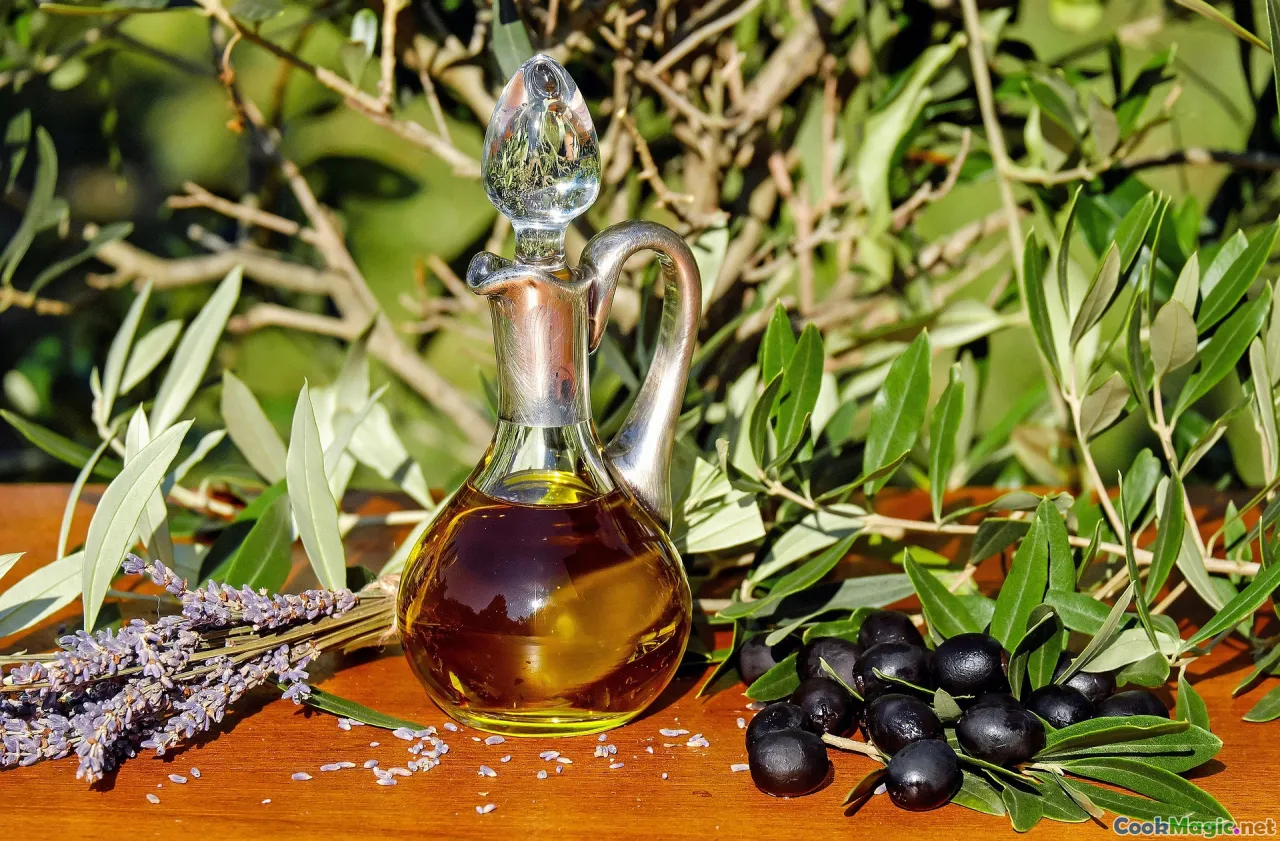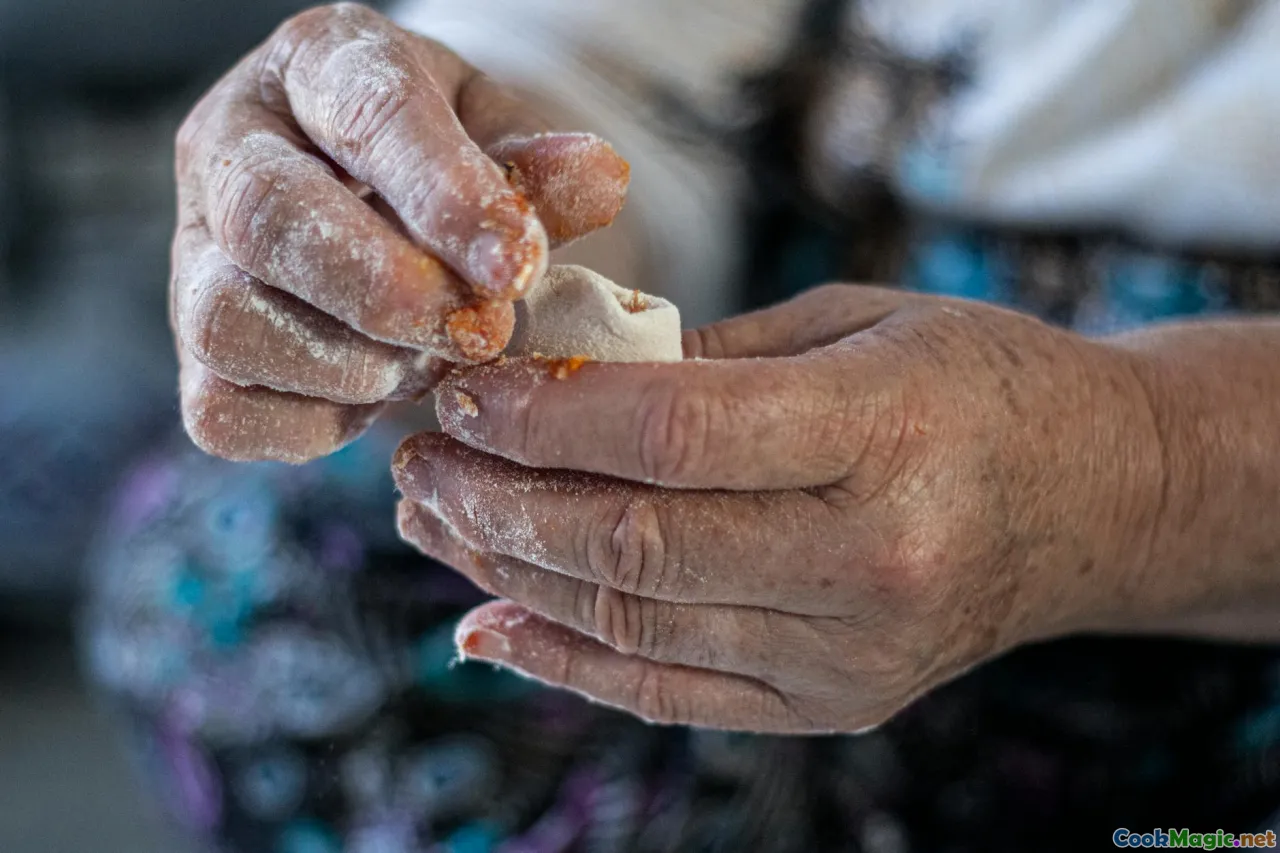A Guide to Turkish Olive Oils
11 min read Discover the rich varieties and unique flavors of Turkish olive oils, essential to authentic Turkish culinary traditions and dishes. September 08, 2025 09:05
A Guide to Turkish Olive Oils
Few ingredients embody the heart of Turkish cuisine as profoundly as olive oil. Rich, nuanced, and steeped in history, Turkish olive oils are more than mere condiments—they're liquid veins connecting centuries of tradition, regional diversity, and personal stories from the Aegean to the Mediterranean coastlines. Coming across a good Turkish olive oil is like opening a time capsule; every drop breathes the aroma of sun-kissed groves, mineral-rich soils, and the artisans dedicated to this ancient craft. Whether drizzling over a freshly baked pide, enhancing the complexity of an ekmek salad, or using as a marinade for freshly caught sardines, Turkish olive oils turn everyday ingredients into celebrations.
In this guide, we’ll journey through the sensory worlds, production nuances, flavor profiles, and cultural tapestries that make Turkish olive oil truly exceptional. Prepare to see this humble elixir in a new, more vivid light.
The Rich History and Cultural Significance of Turkish Olive Oil

The roots of Turkish olive oil stretch deep into the Mediterranean’s fertile history. Ancient civilizations like the Lycian, Phrygian, and eventually the Ottoman Empire regarded olives as sacred symbols of prosperity and peace. The region has cradled olive cultivation for over 4,000 years, with old gnarled trees dotting the landscape—each carrying stories of generations.
In Turkish culture, olive oil is central to daily life and traditional customs. It is integral during memorials, religious festivals, and family celebrations. Visiting the olive groves of Ayvalık or the islands of Marmara, one can hear stories of women pressing oil in communal stone mills, infusing each batch with communal effort and pride.
The scent of fresh olive pressing is more than just aroma; it’s a nostalgic perfume that echoes continuity and resilience.
Regional Varieties and Their Characteristic Flavors

Turkey’s diverse geography fosters a spectrum of olive varieties, each with distinct flavor profiles that make exploring Turkish olive oils a rich sensory journey.
Aegean Region: The Heartland of Olives
The Aegean coastline, notably in Çeşme, İzmir, and Ayvalık, is renowned for its early harvesting on steep hillsides and rocky terrains. Here, the most famous variety is Memecik, which produces a balanced oil with bitter and spicy notes—imagine a nuanced blend of pepper, almond, and green apple. Its vibrant grassy aroma pairs beautifully with vegetable salads, seafood, and grilled meats.
Marmara and Thrace: The Humble but Rich
In regions like Edirne and Tekirdağ, the olives are often harvested later, giving rise to oils with milder, fruitier profiles—think ripe banana, artichoke, and a hint of sweet nuttiness. These oils are ideal for drizzling over Greek yogurt with honey or creating delicate vinaigrettes.
Central Anatolia: Hidden Gems
While less famed, areas around Konya produce unique olive oils with a robust, slightly bitter punch, perfect for hearty Turkish stews like etli pırasalı.
Choosing regional varieties allows cooks to match oils with the nuances of Turkish dishes, from the vibrant zesty notes in Ezme salads to the rich depths in Kebap accompaniments.
How to Select Quality Turkish Olive Oil

Selecting authentic, high-quality Turkish olive oil involves a blend of knowledge and intuition. Here are practical tips:
- Look for the harvest date: Freshness is crucial; choose bottles with recent harvest dates, typically indicated on reputable brands.
- Opt for dark glass bottles: Light degrades quality—dark containers protect the delicate aromatic compounds.
- Check the origin: Labels should specify the region and ideally, the village—Turkish producers often designate their oils as köy (village) or il (province).
- Trust the label: Certifications like PDO (Protected Designation of Origin) or PGI (Protected Geographical Indication) ensure tradition and quality.
- Taste and smell test: Good Turkish olive oil will have a fruity aroma with hints of artichoke, fresh herbs, and a peppery finish. It should feel lush on the palate, not watery or bland.
The Tasting Ritual: Appreciating Turkish Olive Oils

Tasting Turkish olive oil can be an immersive sensory experience. Here's a simple ritual to deepen your appreciation:
- Pour a small amount (about a teaspoon) into a clear glass or small dish.
- Swirl gently to release the aroma.
- Sniff deeply, noting differences in fruitiness, pepperiness, and herbal notes.
- Qualitatively evaluate—Is it grassy, nutty, or citrusy?
- Take a small sip, allowing the oil to coat your palate. Feel the texture—should be velvety and rich.
- Observe the aftertaste—lingering spiciness or bitterness signifies good quality.
This ritual turns olive oil tasting into a moment of mindful consumption, elevating everyday cooking.
Cooking with Turkish Olive Oil: Traditional and Modern Uses

Turkish cuisine harnesses the unmatched flavor profile of olive oil in myriad ways. From ancient recipes to contemporary reinterpretations, the oil acts both as a flavor enhancer and cultural symbol.
Classic Dishes Alongside Today's Innovations
- Meze Platters: Drizzle cold, unfiltered Turkish olive oil over babaganoush, humus, and cığ borek. Its robust aroma complements smoky,aubergine and savory stuffed pastries.
- Salads: The quintessential Çoban Salatası (shepherd’s salad) is dressed simply with a generous pouring of fruity, slightly peppery olive oil, plus lemon and fresh herbs.
- Sautéed Vegetables and Meats: Use rich Turkish oils for stir-frying seasonal vegetables or marinating lamb skewers—delivering depth not possible with cheaper alternatives.
- Fried Dairy and Pastries: The famed Muhlama (cheese fondue) and flaky Börek shimmer with a drizzle of olive oil, heightening their flaky, cheesy goodness.
Modern Twists
Contemporary chefs integrate Turkish olive oil into vinaigrettes, desserts like olive oil ice cream, and even pasta sauces, showcasing its versatility.
Preserving and Storing Your Turkish Olive Oil

To maintain the vibrant flavors and health benefits, proper storage is vital:
- Keep in a cool, dark place away from direct sunlight.
- Use airtight bottles or containers; avoid metal or plastic if possible.
- Use within 12-18 months of opening to enjoy peak freshness.
Supporting Turkish Olive Growers and Sustainable Practices

Today, many Turkish producers are championing sustainable, organic cultivation methods. Supporting these artisans ensures the preservation of traditional methods, ecological balance, and community livelihoods.
Small-scale producers often sell directly via local markets, providing transparency and authenticity. Their oils tend to be less processed, vibrant, and emotionally tied to the landscape.
Final Thoughts: Embracing the Liquid Gold of Turkey
Turkish olive oils are more than food—they are a culinary journey delving into history, culture, and pure sensory pleasure. Each bottle encapsulates the sun-drenched groves, the sweat and love of farmers, and generations of craftsmanship.
Tasting, cooking, and sharing these oils can transform your understanding of Turkish cuisine from simple to profound. So next time you reach for a drizzle, remember—you’re pouring liquid history and soul onto your plate.
Whether you're an adventurous home cook or a seasoned chef, embracing Turkish olive oils invites an authentic taste of Turkey’s vibrant culinary tradition, grounded in nature, passion, and timeless artistry.









